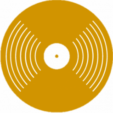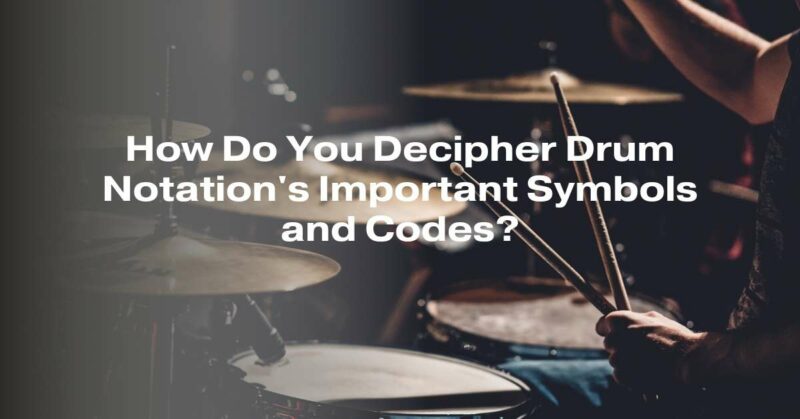Drum notation is a specialized form of musical notation that is essential for drummers and percussionists to communicate and reproduce rhythms accurately. Just like traditional sheet music, drum notation employs a series of symbols and codes to represent various elements of a drumbeat. Deciphering these symbols and codes is crucial for any drummer looking to learn new songs, collaborate with other musicians, or transcribe their own compositions. In this comprehensive guide, we will explore the important symbols and codes used in drum notation and break down the process of interpreting them.
Understanding the Basics
Before delving into specific symbols and codes, it’s important to grasp the fundamentals of drum notation. Drum notation typically consists of a series of horizontal lines representing different drums or cymbals, with each line corresponding to a specific percussion instrument. The top line often represents the highest-pitched instrument (usually the hi-hat or ride cymbal), while the bottom line represents the lowest-pitched instrument (like the kick drum or floor tom).
- Noteheads
The notehead is the most fundamental element in drum notation. It represents when and where a drum or cymbal is struck. Here are some common noteheads and what they signify:
a. Closed Circle (●): This indicates a struck note with the drumstick.
b. X: This symbolizes a strike with a rimshot, where the drumstick hits both the drumhead and the rim simultaneously.
c. Slash (/): This represents a crash cymbal hit, often accompanied by an “x” to indicate a choke or muting of the cymbal immediately after striking.
d. “+” or “o”: These symbols indicate open hi-hat hits, where the hi-hat cymbals are not pressed together and produce a sustained sound.
- Stems
Stems in drum notation connect noteheads to indicate a sequence of notes that should be played together. When multiple noteheads share a common stem, it suggests that those instruments should be struck simultaneously. For example, a snare drum and a bass drum played together might have their noteheads connected by a single stem.
- Flags and Beams
In more complex drum notation, you might encounter flags and beams attached to the stems. These serve the same purpose as in regular music notation, indicating the duration of the note. Beams connect groups of notes played within the same rhythmic unit.
- Rests
Rests in drum notation are crucial for indicating moments of silence or when a particular drum or cymbal is not played. Just like in regular sheet music, they come in various forms, such as whole rests, half rests, and quarter rests, each indicating different durations of silence.
- Ties and Slurs
Ties and slurs are used to connect notes of the same pitch. A tie indicates that the combined duration of the tied notes should be played as a single, sustained note. Slurs, on the other hand, indicate that the notes should be played smoothly without any separation.
- Dynamics
Dynamics markings are essential for conveying the intensity or volume of a drumbeat. Common dynamic symbols include “p” for piano (soft) and “f” for forte (loud). These markings guide the drummer on how forcefully to strike the drums or cymbals.
- Repeat Signs and Bar Lines
Like traditional sheet music, drum notation includes repeat signs and bar lines. Repeat signs instruct the drummer to go back and replay a specific section of the music. Bar lines divide the notation into measures, helping musicians keep track of the rhythmic structure.
- Time Signatures
Time signatures are crucial for understanding the rhythm and meter of a piece of music. They appear as fractional numbers at the beginning of the notation and indicate how many beats are in each measure and which note value represents one beat (e.g., 4/4 means four beats per measure, with a quarter note receiving one beat).
Conclusion
Deciphering drum notation’s symbols and codes is essential for drummers to accurately reproduce rhythms and collaborate with other musicians. By understanding the basics of noteheads, stems, flags, rests, ties, slurs, dynamics, repeat signs, bar lines, and time signatures, drummers can effectively interpret and perform drum notation. Learning to read and write drum notation is a valuable skill that enhances a drummer’s musical versatility and opens doors to a wide range of musical opportunities. With practice and dedication, drummers can master the art of decoding drum notation and bring their rhythmic creativity to life.

